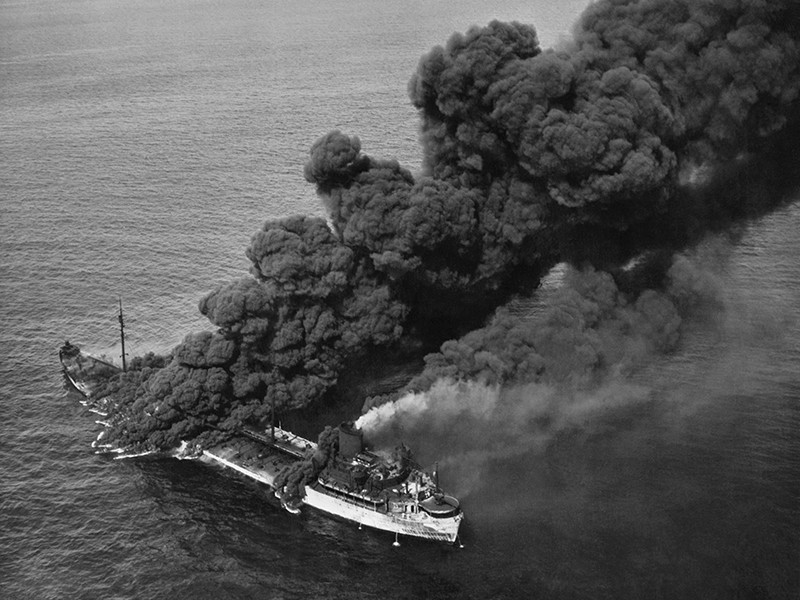
Military Intelligence Files: Land, Sea & Air, 1938–1974

Second World War and Cold War intelligence reports from the British Army, Royal Navy and Royal Air Force
The collection provides a definitive and unrivalled source covering international relations, military history and the role played by service intelligence from the Second World War to the early Cold War.Former Head of Modern Collections, The National Archives (UK)
Access the full collection
Access the full archive of Military Intelligence Files: Land, Sea & Air, 1938–1974.
Institutional Free Trial
Start your free trialRegister for a free 30-day trial of Military Intelligence Files: Land, Sea & Air, 1938–1974, for your institution.
Institutional Sales
Visit Sales PagesellFor more information on institutional access, visit our sales page.
Already have a license? Sign in.
Discover how military intelligence agencies surveyed and countered the Axis and Soviet threats

Part of British Online Archives's wide-ranging World Wars series, the resources contained within this collection shed light on the activities and attitudes of British military intelligence agencies during the Second World War and Cold War.
The majority of the documents are weekly, monthly, and quarterly intelligence summaries produced by the Army, Royal Navy, and Royal Air Force. In addition, two volumes include records from the British Commanders’-in-Chief Mission to the Soviet Forces in Germany (BRIXMIS), providing a fascinating insight into the internal politics and strategic calculations of Warsaw Pact countries.
The images were scanned from paper at the National Archives (UK), with Admiralty (ADM 223), Air Ministry (AIR 22 / AIR 40), Foreign Office (FO 371) and War Office (WO 208) files all featuring heavily. The collection is also accompanied by a contextual essay written by Dr Stephen Twigge, former Head of Modern Collections at The National Archives (UK).
Contents
Military Intelligence Files: Land, Sea & Air, 1938–1974...
Second World War and Cold War intelligence reports from the British Army, Royal Navy and Royal Air Force
Discover
Highlights

Licensed to access Secret Intelligence Reports of the Royal Air Force, Jan 1946-Dec 1946
Insights
- The respective intelligence branches of the three armed services were largely autonomous until 1964, when they were combined to form a unified Defence Intelligence Staff within the Ministry of Defence.
- During the period covered by this collection, intelligence gathering evolved, with new technologies allowing for more detailed—and perhaps more accurate—reports and estimations.
- The types of reports varied, too, with the military and international political context determining the volume of content produced. During the Second World War, for instance, every branch of the armed forces compiled weekly secret intelligence summaries. Afterwards, this only applied to the Royal Air Force.
- This shift was also reflected in the nature of the content. For obvious reasons, armed forces intelligence reports during the period 1939-1945 were focused on theatre level strategy and tactics. Cold War reports, meanwhile, paid more attention to the internal politics of the Soviet Union and Warsaw Pact nations.
- The records of the British Commanders'-in-Chief Mission to the Soviet Forces in Germany, also known as BRIXMIS, are particularly concerned with such matters.
- BRIXMIS dispatches to the Foreign Office served to contextualise armed forces summaries, which surveyed Russian military might and intentions, including troop movements and counter-intelligence efforts.
Unlock Historical Research for Your Institution
Provide your students and researchers with direct access to unique primary sources.
Related Media













